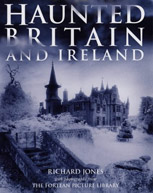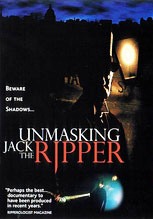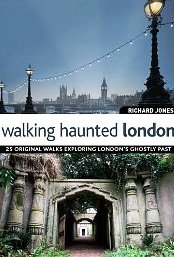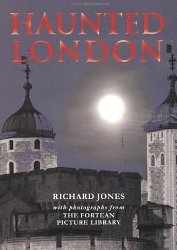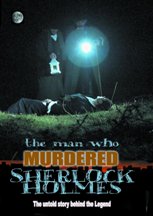Black Vaughan and The Black Dog
Hergest Court, Kington, Herefordshire

Hergest Court is now a shadow of its former self. It is a sad looking house of white walls and dark timbers, and it exudes a weary air of detached indifference.
Yet for longer than anyone can remember Hergest Court has held a reputation so sinister that, even today, there are people who will not walk past it during the hours of darkness for fear of encountering the frightful entity that haunts it.
THE INSPIRATION FOR THE HOUND OF THE BASKERVILLES
Indeed so chilling is the legend of Hergest Court that it may well have provided the inspiration for Sherlock Holmes’s most famous adventure, The Hound of the Baskervilles.
Towards the end of the 15th century Sir Thomas Vaughan resided at Hergest Court in the days when it was a much grander and more heavily fortified property than the farmhouse that greets visitors today.
Vaughan was the very embodiment of the archetype wicked squire, and was known in the district simply as so ’Black Vaughan.’
THE EVIL SQUIRE OF HERGEST COURT
During the Wars of the Roses he fought originally for the Lancastrians but switched his allegiance to the Yorkist cause and was killed at the Battle of Banbury in 1469.
According to one version of events, he was decapitated, but no sooner had his head hit the ground than a fearsome howling echoed across the field of battle.
ENTER THE HOUND
Suddenly Vaughan’s faithful, black bloodhound bounded across the blood soaked ground, scooped up his master’s head and set off at full pelt for Hergest Court, with the gruesome relic jouncing in its jaws.
Thomas Vaughan’s headless cadaver was subsequently buried in the rather eerie family vault in Kington church.
But his ghost remained at large, taking the form of a black bull that rampaged about the district accompanied by a fearsome black hound.
NO SHOPPING WHEN THE HOUND WAS ABOUT
So terrified did the inhabitants become that they refused to leave their homes to the detriment of the town’s economy.
EXORCISM SAVES THE DAY
It was therefore decided that an exorcism must be performed and twelve priests came together and summoned forth Black Vaughan’s evil spirit.
It took a great deal of shouting, chanting and bible quoting, but eventually they reduced him to the size of a blow fly and confined him inside a snuff box which was then buried under a heavy stone slab on the bed of the lake at Hergest Court.
The spirit of their wicked Lord may have been laid, but ridding the district of his fearsome bloodhound proved an impossible task and in the centuries that followed it came bounding onto the pages of local folklore to strike terror into the hearts and minds of all who crossed its path.
A FEARSOME HARBINGER OF DEATH
It was especially feared by the Vaughan family to whom remained a harbinger of death until the immediate family became extinct in the 19th century.
According to a local tradition, Sir Arthur Conan Doyle viewed the Hound of the Vaughans as source of inspiration rather than fear, and he wove the legend of the black dog and the evil squire into a wonderfully evocative tale and, having transferred the action to the bleak desolation of Devon’s Dartmoor, pitted Sherlock Holmes against his most chilling and fearsome adversary The Hound of the Baskerville’s.

